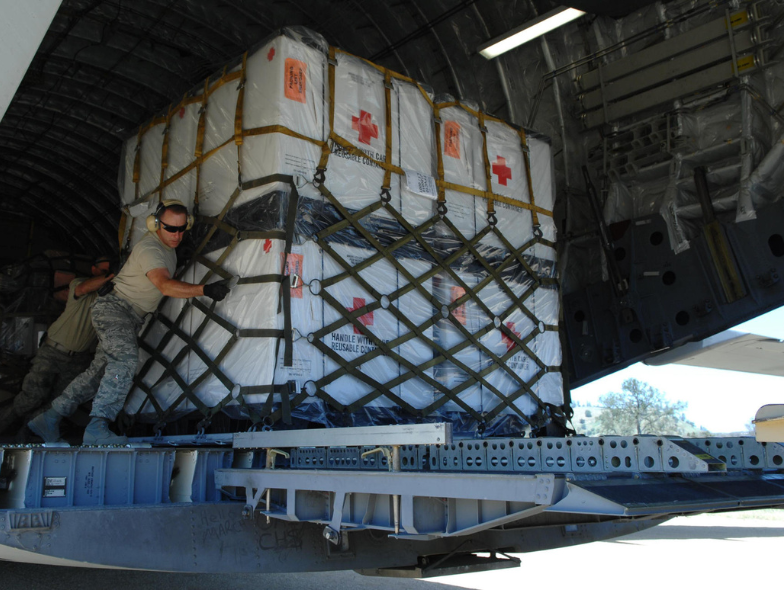FDA Warning Letter Statistics 2013 Regarding Process Validation/Qualification/Calibration

In 2013, process validation was at the top of the critised deviations. Missing or insufficient process validation was quoted 15 times. The most frequent critics were made to dosage forms (five times) and the manufacture of creams (three times).
The non-existent validation of a filtration time and of a filter replacement, as well as insufficient packaging validation (filling, sealing and labelling) have been criticised too. More and more terms from the 'new' FDA Guidance of 2011 appear among the corrective measures; for example "control strategy" and "scientific evidence that your manufacturing process are capable of consistently manufacturing quality products" are required.
Deviations regarding missing or insufficient cleaning validation have been observed seven times; more precisely: the non-existent use of worst case products, handling errors in "swabbing" and missing swab recovery rates were observed and criticised.
Media fills have also been often criticised (four times). Missing hold times of vials before incubation, missing rational numbers for the non-incubating of filled vials, no documentation about the reasons for rejecting vials, and insufficient failure investigation were among the points of criticism. Interestingly, the (non-validated) hold time was necessary as the company hadn't enough resources to evaluate the media fills.
Deficiencies of qualification in manufacturing were identified 11 times and concerned (five times) missing "smoke studies" for clean room qualification: the insufficient qualification of a water facility and poor clean room design were respectively criticised once. An expired balance calibration was observed once.
Also one observation was made regarding the lack of validation for the computer software Microsoft Dynamics.
Conclusion: The analysis is similar to that of the previous years and the top deficiencies haven't changed that much. Most findings concerned process validation, and again, the majority had to do with solid forms. The number of insufficient media fills was also comparable to that of the previous years. Nevertheless, the increase of qualification deficiencies — whereby also in the past, missing or poor "smoke studies" often appeared — is apparent.
Related News
-
News Pharmaceutical industry supports COP28 health stance in joint statement
As COP28 takes place over this week in Dubai, UAE, several bodies in the pharmaceutical and health industries have come together to announce support of key movements in sustainability in the sector, and to recognise sustainability as a health issue.&nb... -
News Biden backs Cold-War measures to shore-up medical supply chains
In a recent strategy to combat rising inflation and the cost of living crisis, President Joe Biden has invoked a Cold War-era act to increase investment in a selection of medicines and supplies. -
News CPHI Podcast Series: What does the changing US Pharma market mean for industry and patients alike?
In this week's episode of the CPHI Podcast Series Lucy Chard, Digital Editor for CPHI Online is joined by James Manser to discuss the political and market changes in the US pharma field. -
News Which 10 drugs are open to price negotiation with Medicare in the USA?
The Centres for Medicare & Medicaid Services, under the Biden administration in the USA, has released a list of the 10 drugs that will be open to price negotiations as part of the new legislation under the Inflation Reduction Act (IRA). -
News 10 Major Drug Approvals So Far in 2023
Last year, 37 novel drugs were approved by the FDA, this was a high number for such a category, and covered many fields including oncology, demonstrating how promising further research is, and how it is only continuing to build. To date, there are alre... -
News Novartis agrees for copies to be made of cancer drug to reach poorer countries
Novartis signs agreement with MPP to have generics of it's leukemia drug made so that it can be more easily distributed to the world's poorer countries. -
News CPHI Podcast Series: outsourcing and manufacturing trends
Listen to the CPHI Podcast Series this June to hear Gil Roth of the PBOA speak with Digital Editor Lucy Chard about the biggest trends and topics to watch in pharma outsourcing and manufacturing at the minute. -
News New WHO health emergency guidelines expect full transparency from Big Pharma
The WHO are proposing a new set of pandemic guidelines to set out how future global health crises should be handled.
Position your company at the heart of the global Pharma industry with a CPHI Online membership
-
Your products and solutions visible to thousands of visitors within the largest Pharma marketplace
-
Generate high-quality, engaged leads for your business, all year round
-
Promote your business as the industry’s thought-leader by hosting your reports, brochures and videos within your profile
-
Your company’s profile boosted at all participating CPHI events
-
An easy-to-use platform with a detailed dashboard showing your leads and performance







